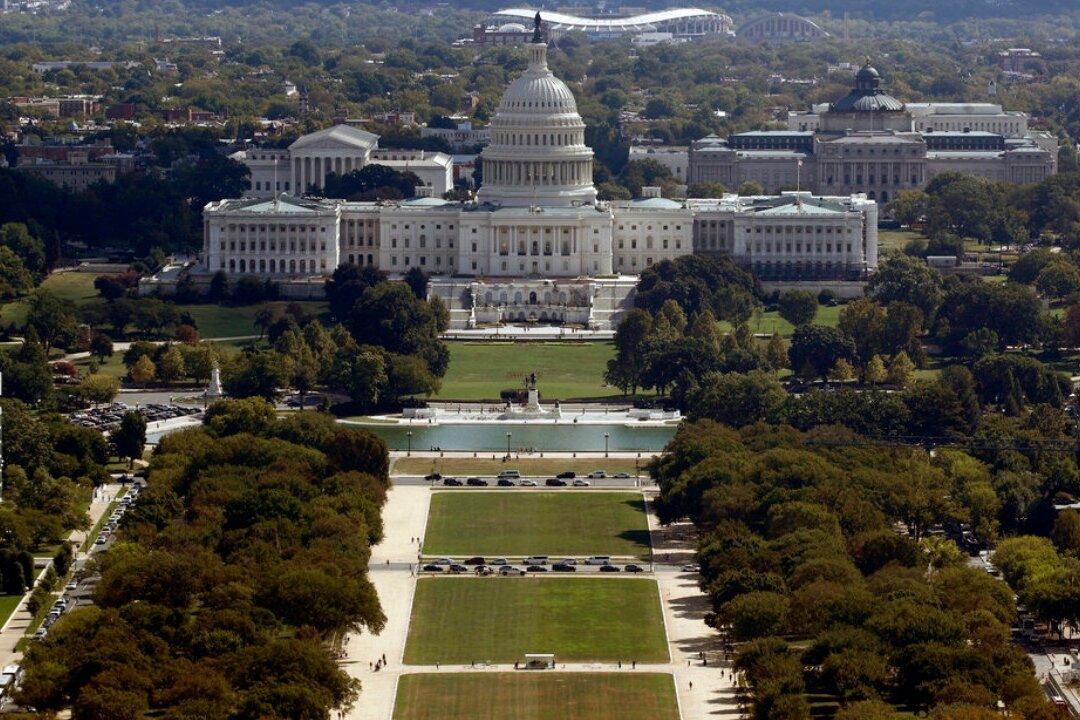Commentary
The upcoming presidential election will be a watershed moment in American history. The China policy is a major focus and the highlight of President Donald Trump’s campaign platform.

The upcoming presidential election will be a watershed moment in American history. The China policy is a major focus and the highlight of President Donald Trump’s campaign platform.